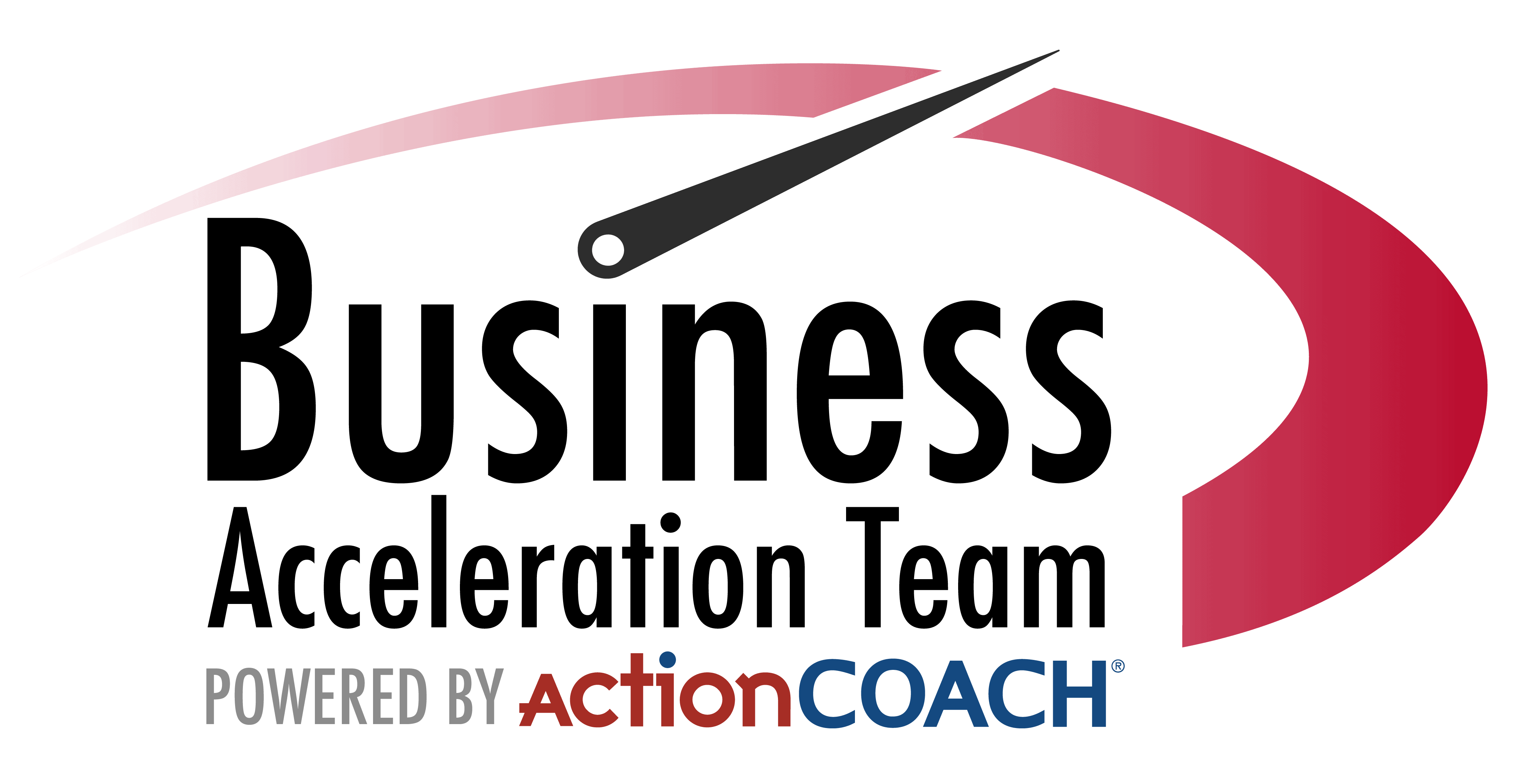23 Jun Delegation Isn’t Optional—It’s a Growth Strategy
As a business leader, you’ve likely heard the adage, “If you want something done right, do it yourself.” But let’s take a moment to challenge that notion. I’m here to tell you that delegation isn’t just a task management tactic; it’s the cornerstone of scaling your business and unlocking unprecedented growth.
Consider the journey of entrepreneurship as a climb up a mountain. In the early stages, it’s just you, trailblazing and forging a path upwards. You’re carrying every piece of equipment, managing every decision, and relying solely on your own stamina. It’s exhilarating, but as the incline steepens, that load becomes unbearable. This is where the power of delegation comes into play.
Delegation is not simply about offloading tasks you don’t enjoy; it’s about recognizing that your time is better spent on high-impact activities that only you can perform. It’s about understanding that other climbers—your team members—are more skilled in certain terrains and can help you reach the summit faster and more efficiently.
Let’s dive into the heart of delegation and explore how it can transform your climb from a solo struggle to a team triumph.
Firstly, it’s crucial to identify the tasks that are prime for delegation. These are often repetitive, time-consuming, and don’t necessarily require your unique expertise. By handing these off, you free up mental and physical space to focus on strategy, growth, and innovation—the true drivers of your business’s ascent.
But how do you ensure that the tasks you delegate are completed with the same level of care and excellence you would provide? The key lies in empowerment.
When you delegate, you’re not just passing off a to-do list; you’re entrusting a piece of your vision to someone else and empowering them to take ownership. This requires clear communication, setting expectations, and providing the necessary resources and support for success.
Delegating also fosters an environment of trust and professional development within your team. As team members take on new responsibilities, they grow, they learn, and they become more valuable assets to your organization. And as they ascend in their skills and confidence, your business scales new heights as well.
Now, let’s address a common fear: the loss of control. Many entrepreneurs hesitate to delegate because they worry that no one else can do the job as well as they can. However, this mindset can be a growth bottleneck.
Instead, view delegation as an investment in your team and your business’s future. Yes, there might be a learning curve, but the long-term benefits far outweigh the initial hiccups.
In conclusion, embracing delegation is embracing growth. It’s a strategic decision that can lead to improved efficiency, enhanced team capability, and ultimately, a more robust and scalable business. So, the next time you find yourself bogged down with tasks that could be handled by others, remember that every item you delegate is a step closer to the summit of success.
As you continue your entrepreneurial climb, I challenge you to shift your perspective. View delegation not as a sign of relinquishing control, but as a powerful growth strategy.
Trust your team, empower them, and watch as your business reaches heights you once thought were only possible if you did everything yourself. It’s time to delegate strategically and grow exponentially. Are you ready to take that step?











